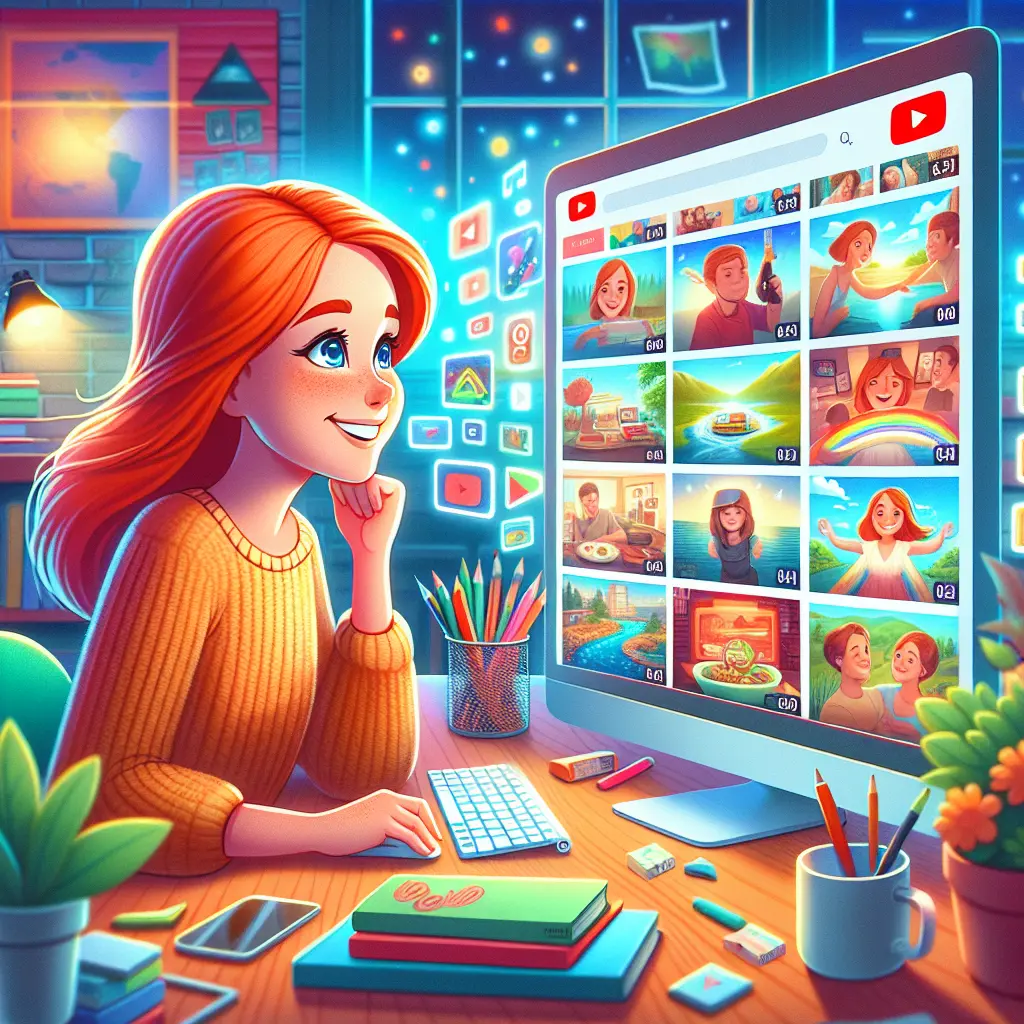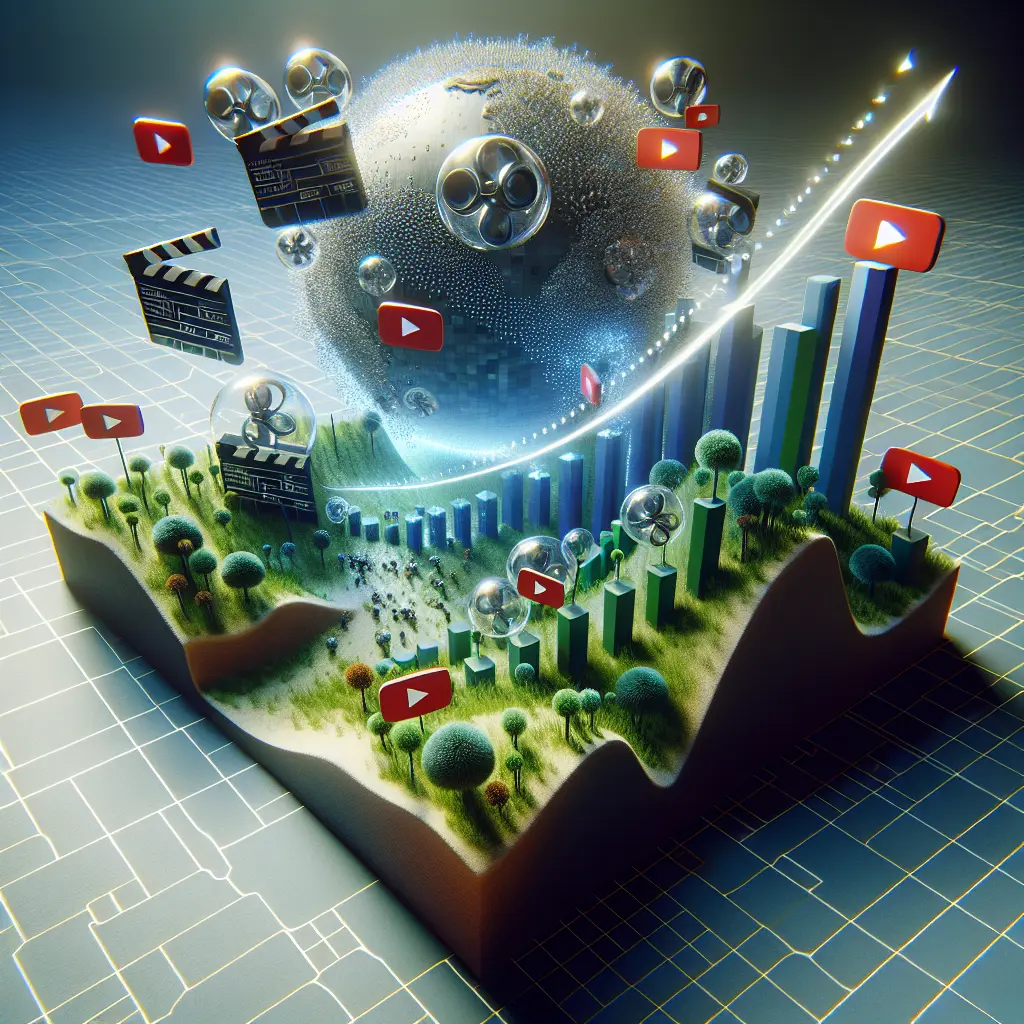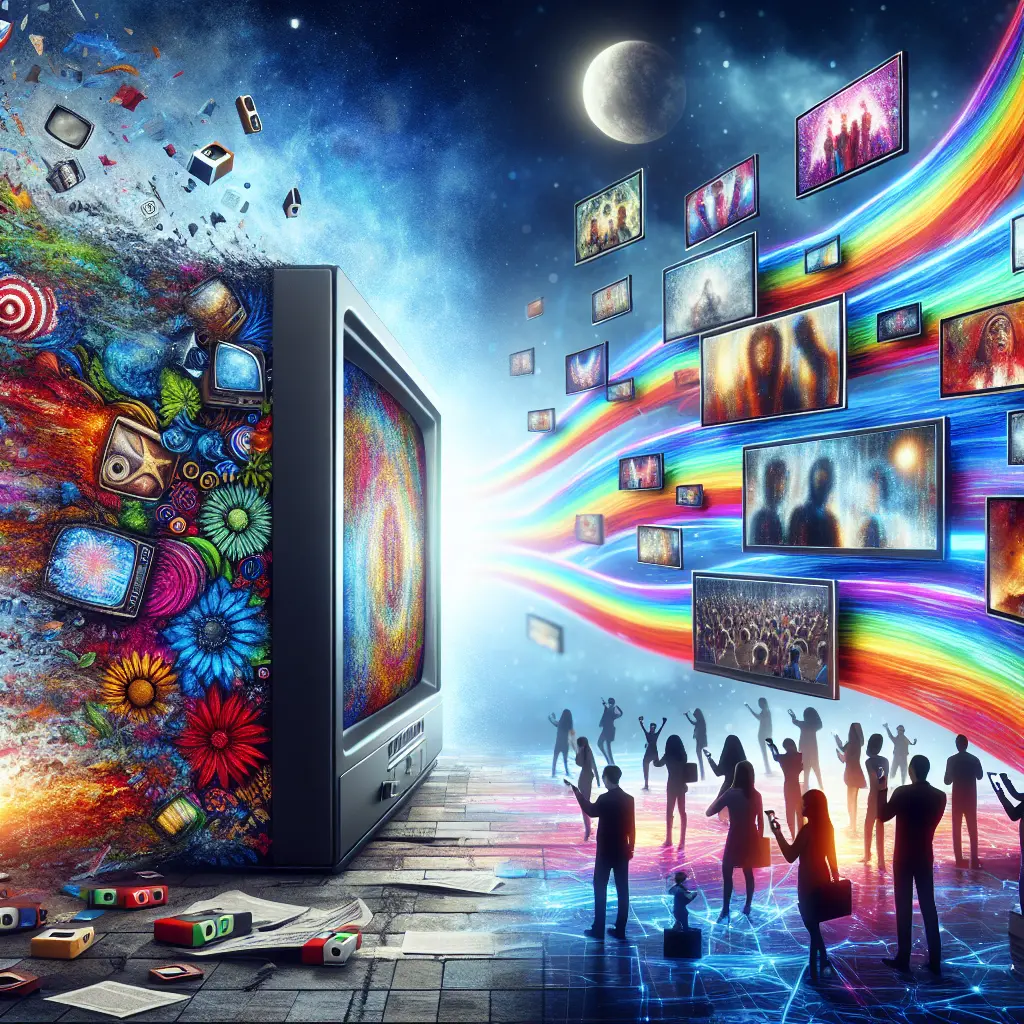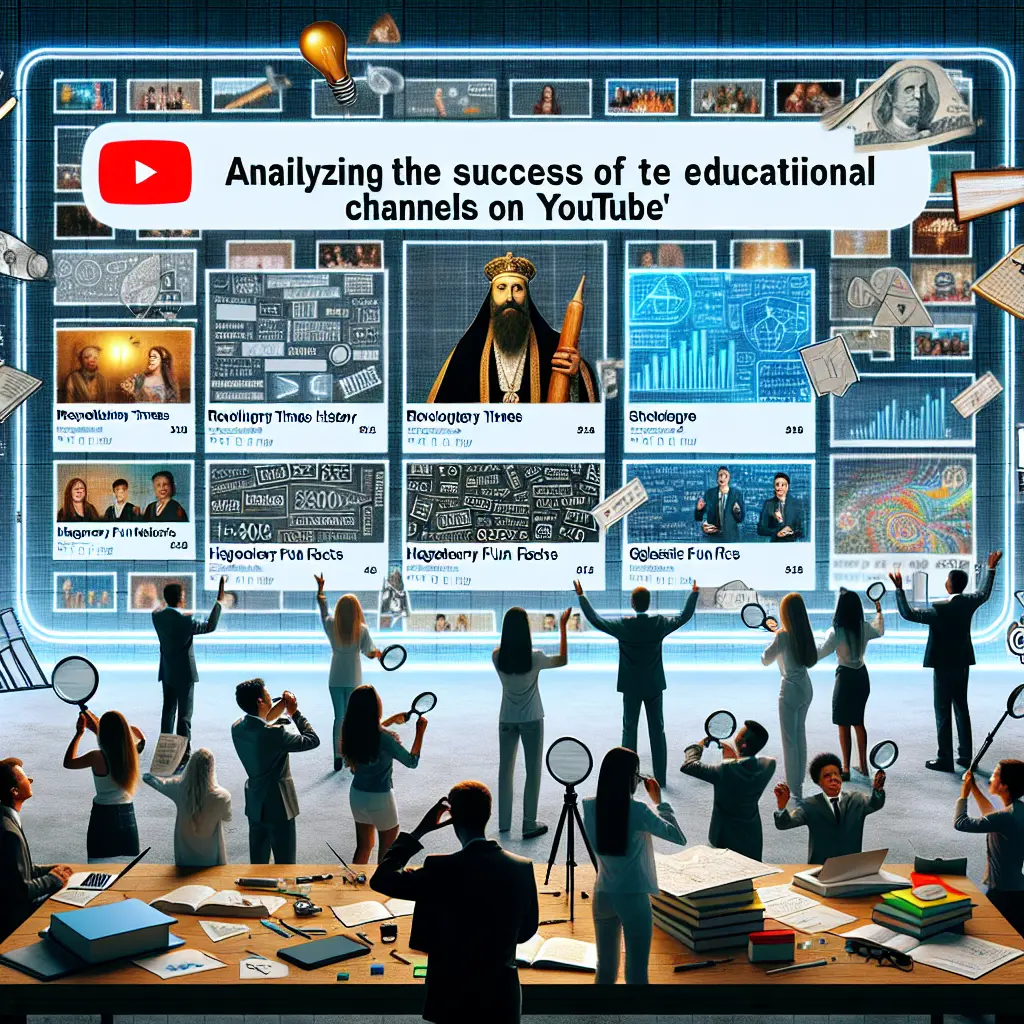The dynamic landscape of virtual reality on YouTube has undergone a remarkable transformation over the past few years. As VR technology continues to evolve, the content on platforms like YouTube is not only growing but also becoming more immersive and engaging. This shift is not just about entertainment; it's about experiencing new realities from the comfort of your home.
The Surge of Virtual Reality Content on YouTube
The growth of VR on YouTube has been nothing short of spectacular. With virtual reality technology becoming more accessible, content creators and viewers are embracing this medium, pushing the boundaries of what can be experienced through a headset. YouTube VR, a platform dedicated to virtual reality content, has seen a significant uptick in both creators and viewership. From educational videos and travel experiences to gaming and live concerts, the variety of VR content available is expansive.
Virtual Reality Video Trends
One of the most exciting aspects of YouTube's virtual reality growth is the diverse range of VR video trends emerging. Creators are experimenting with 360-degree videos, allowing viewers to look around and feel like they're part of the scene. This format has been particularly popular in travel and adventure VR content, where viewers can explore distant lands and experience adrenaline-pumping activities without leaving their homes.
Content Creation and Engagement in VR
Creating engaging VR content requires a deep understanding of the medium. VR content creation isn't just about filming in 360 degrees; it's about crafting stories that are immersive and interactive. The best VR channels on YouTube are those that consider how viewers engage with their environment, creating content that is not only visually captivating but also interactive.
Engagement in VR videos often surpasses that of traditional videos because of the immersive nature of the content. Viewers feel more connected to what they're watching, which can lead to higher retention rates and more profound engagement metrics.
Challenges and Innovations in VR Streaming
Despite its potential, VR streaming does face challenges, particularly regarding bandwidth and video quality. Streaming high-quality VR content requires robust internet connections to prevent latency issues, which can break the immersion. However, innovations in streaming technology and compression algorithms are continually improving the viewer experience.
Impact of Recent News on YouTube and VR
The recent passing of long-time Google executive and former YouTube CEO Susan Wojcicki has sent ripples through the tech community (source needed). Her contributions to Google and YouTube significantly shaped how we interact with digital content today, including the rise of virtual reality platforms on YouTube.
In other news, YouTube's invitation for users to test its community notes feature suggests a move towards more interactive and community-driven content, which could be beneficial for VR content creators looking to foster a more engaged audience (source needed).
Moreover, controversies surrounding NVIDIA’s AI team reportedly scraping YouTube and Netflix videos without permission highlight the complexities of using publicly available content to train AI models (source needed). This situation raises questions about privacy and the ethical use of data, which are crucial in the development of AI-driven VR content.
Future Prospects: YouTube Virtual Reality Growth
Looking forward, the trajectory for virtual reality on YouTube is promising. As virtual reality technology continues to improve, we can expect even more immersive VR experiences. Moreover, as VR hardware becomes more affordable, the number of VR viewers and creators on YouTube is likely to increase.
The potential for growth in educational and professional fields is particularly exciting. Imagine learning about history by virtually walking through ancient cities or training for medical procedures with realistic simulations. The possibilities are endless, and YouTube will likely play a pivotal role in this expansion.
Conclusion
In conclusion, the growth of virtual reality content on YouTube represents a significant shift in how we consume digital media. As virtual reality technology advances, we can expect even more innovative and engaging VR content to emerge. For creators, the challenge will be to keep pushing the boundaries of what's possible in VR. For viewers, it's an opportunity to explore new worlds and experiences that were once beyond reach.
As we continue to navigate this exciting landscape, let us embrace the endless possibilities that virtual reality offers. Whether you're a content creator or a viewer, the future of VR on YouTube is bright, and it's ours to shape.










Leave a Comment